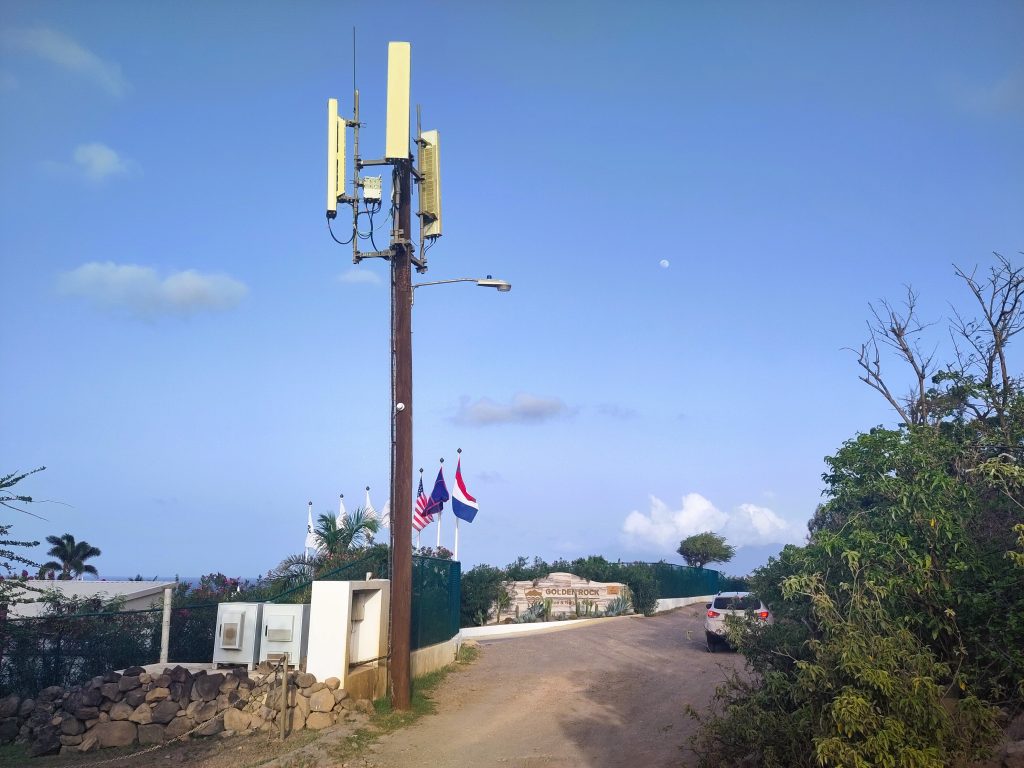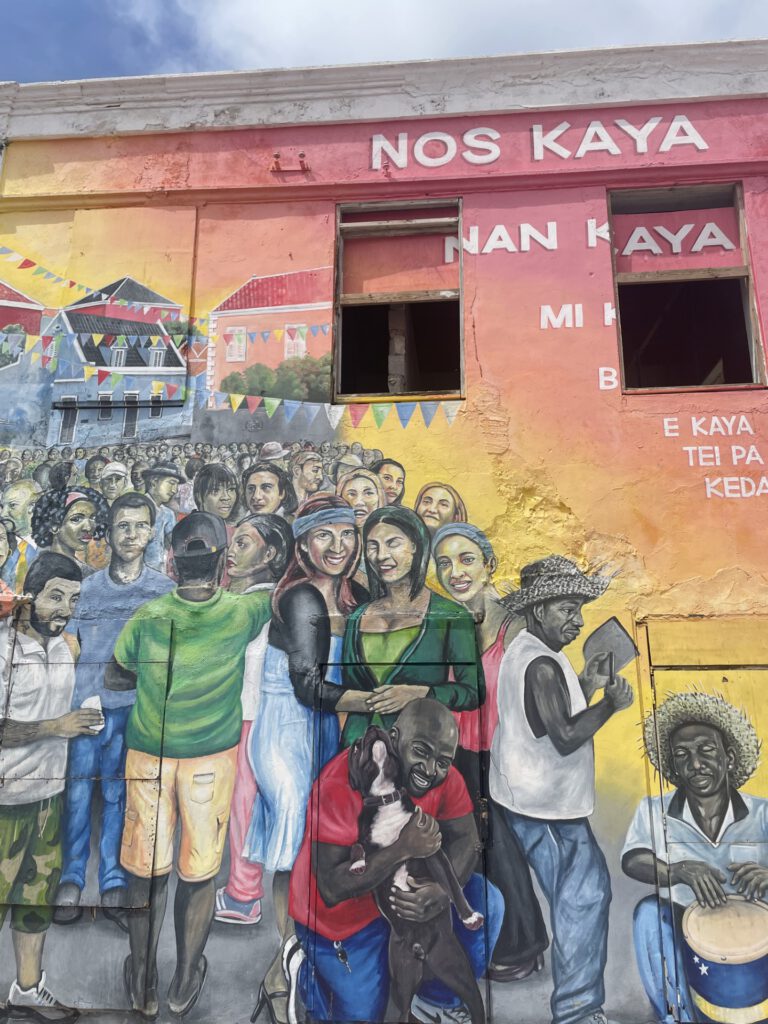On behalf of the Ministry of Economic Affairs and Climate Policy, Amsterdam Bureau for Economics has mapped the digital infrastructure in the Caribbean Netherlands. Since the 2010 constitutional reforms, the digital infrastructure has improved, but challenges remain. For example, the maximum internet speeds offered to households are lower on each island than in the European Netherlands, although speeds differ greatly per island. Furthermore, the cost of internet for end users are high on Saba and Sint Eustatius, and to a lesser extent Bonaire, compared to the European Netherlands. Although there are varying experiences with the quality of fixed services, many users surveyed on all islands are dissatisfied with the price-quality ratio.
Telecom providers are investing in improving the fixed and mobile networks on all three islands. Providers of fixed services are working on the installation of fiber networks in particular, which offers higher internet speeds than the existing copper and coaxial networks. The backbones of all providers’ networks on all three islands already consist of fiber, but the connections to households are still largely copper or coaxial connections. Bonaire currently has the highest fiber coverage, followed by Sint Eustatius. Households on Saba are not yet connected to the fiber network. Bottlenecks here are the high costs due to the locations and geographies of the islands. Moreover, investments can only be recouped through a relatively small number of customers.
Investments are also being made in the mobile network. On all three islands there is now at least one provider with a network that uses (among others) 4G. A recent development is that this network is also used to provide households with fixed internet at limited speeds, via so-called fixed wireless access. Satellite connections may play a role in the future.



